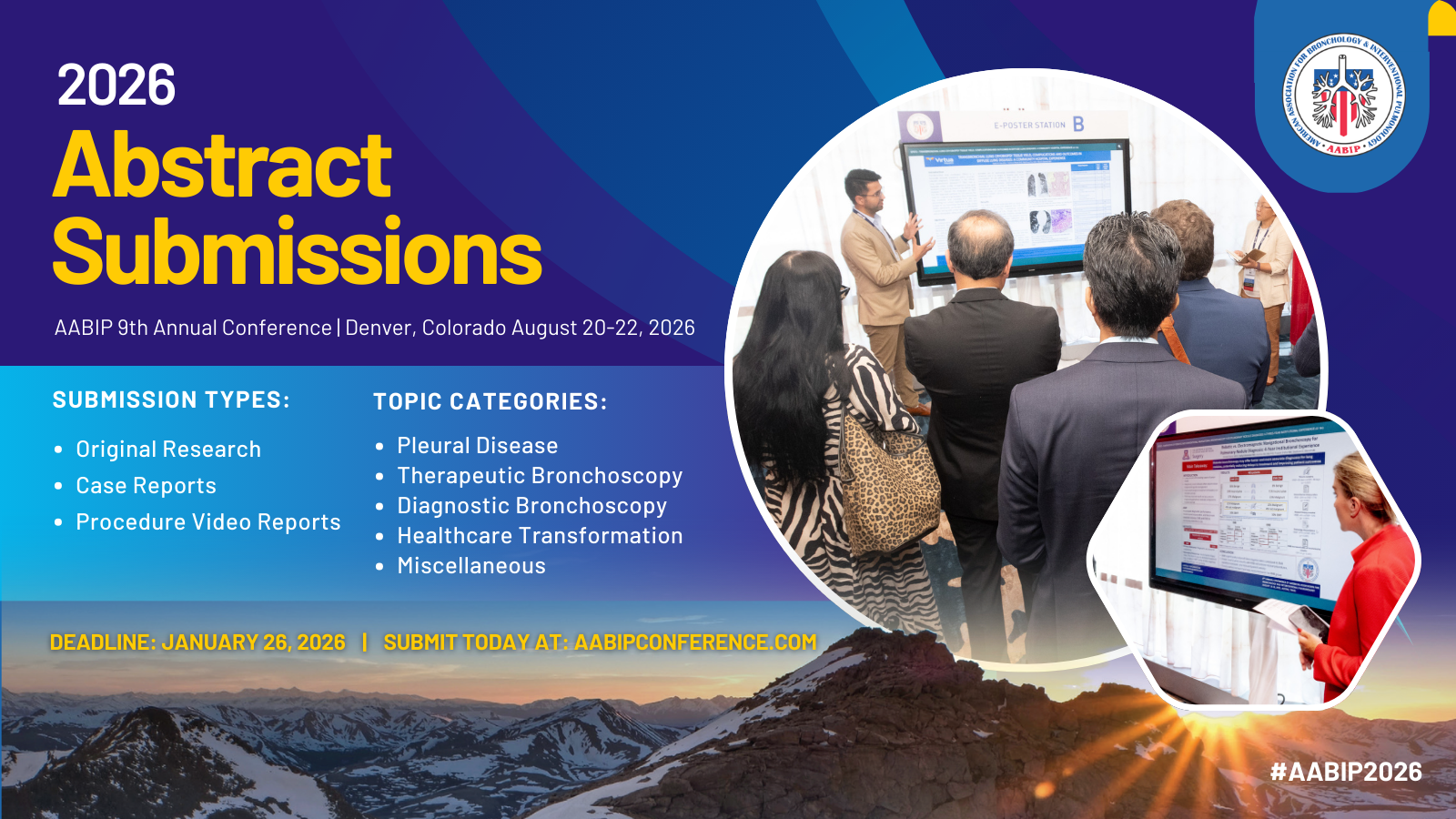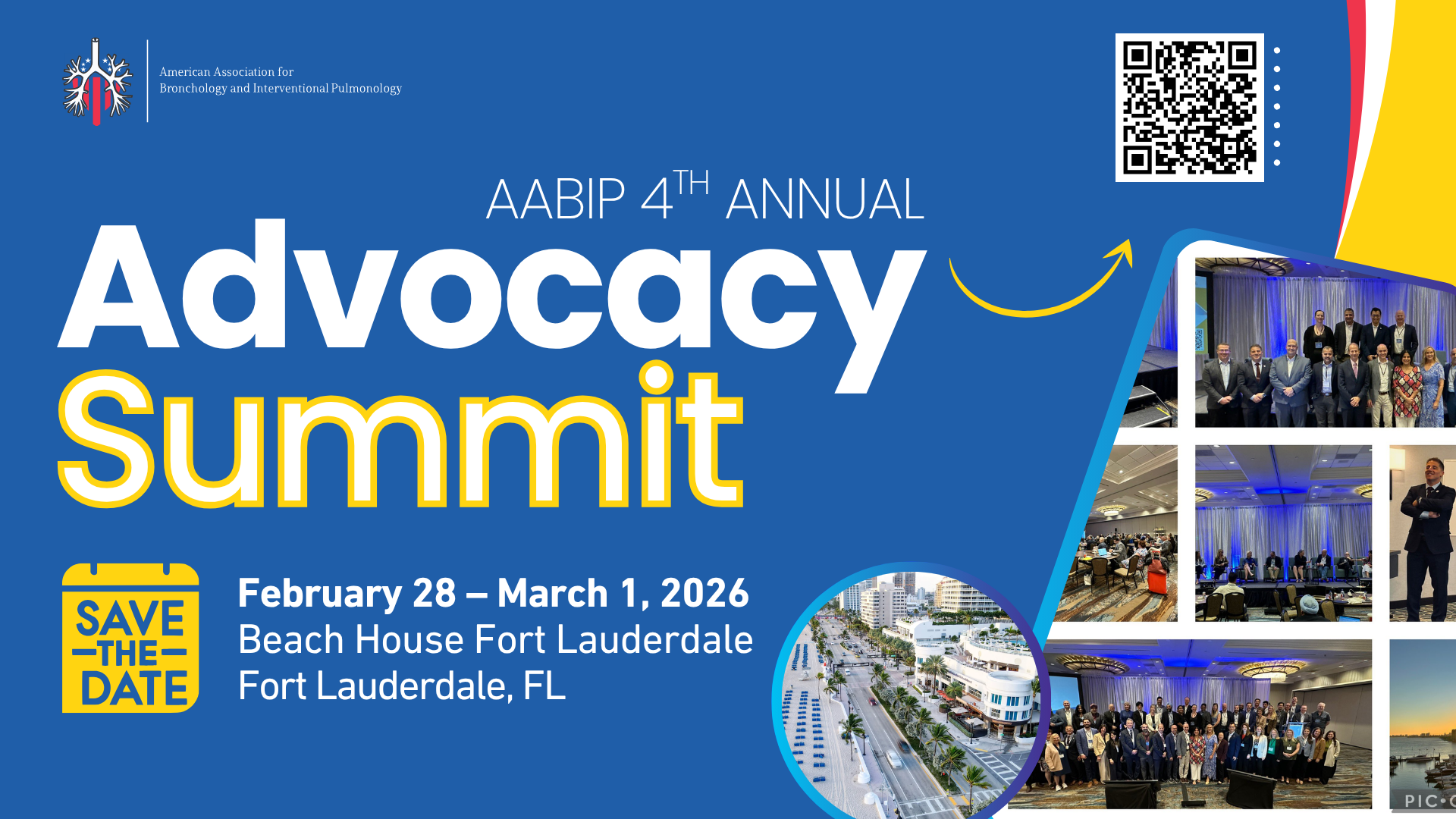IP Fellows Reading List
https://pubmed.ncbi.nlm.nih.gov/30424936/
Review
Reference: Molina Villalba C, Vázquez rodríguez JA, Gallardo sánchez F. Percutaneous endoscopic gastrostomy. Indications, care and complications. Med Clin (Barc). 2019;152(6):229-236.
Summary: Article goes over common indications and contraindications to percutaneous endoscopic gastrostomy (PEG) placement. Placement procedure with illustrative figures. Post procedural care for the stoma & catheter as well as during feeding and medication administration. It provides detailed complications review with their recommended management.
Percutaneous Endoscopic Gastrostomy: A Practical Overview on Its Indications, Placement Conditions, Management, and Nursing Care
https://pubmed.ncbi.nlm.nih.gov/26422269/
Review
Reference: Friginal-Ruiz AB, Lucendo AJ. Percutaneous Endoscopic Gastrostomy: A Practical Overview on Its Indications, Placement Conditions, Management, and Nursing Care. Gastroenterol Nurs. 2015;38(5):354-66.
Summary: Article goes over indications and contraindications to PEG placement. Detailed preprocedural preparation, different placement techniques, post procedural care and the initiation of PEG feeding. Detailed PEG related complications and detailed nursing care recommendations for PEG care and use. Good summary tables for indications, contraindications, and complications with possible causes and preventive measures.
Percutaneous endoscopic gastrostomy: indications, technique, complications and management
https://pubmed.ncbi.nlm.nih.gov/24976711/
Review
Reference: Rahnemai-Azar AA, Rahnemaiazar AA, Naghshizadian R, Kurtz A, Farkas DT. Percutaneous endoscopic gastrostomy: indications, technique, complications and management. World J Gastroenterol. 2014;20(24):7739-51.
Summary: Article goes over common indications for PEG tube placement, with details given to the patient’s characteristics and underlying comorbidity that required the PEG placement. It summarizes contraindications to placement as well as major & minor complications. It briefly goes over pre-procedure prep, insertion technique, post-placement care, & PEG removal.
ASPEN Safe Practices for Enteral Nutrition Therapy [Formula: see text]
https://pubmed.ncbi.nlm.nih.gov/27815525/
Review
Reference: Boullata JI, Carrera AL, Harvey L, et al. ASPEN Safe Practices for Enteral Nutrition Therapy [Formula: see text]. JPEN J Parenter Enteral Nutr. 2017;41(1):15-103.
Summary: Article provides recommendations based on available evidence (at the time) and expert consensus for safe practice across each step in the process: enteral nutrition timing, ordering, enteral access, procedure, checking post procedure, medication administration, complications, monitoring, and transition of care.
Risk factors and complications following percutaneous endoscopic gastrostomy: a case series of 1041 patients
https://pubmed.ncbi.nlm.nih.gov/21523261/
Case Series
Reference: Richter-Schrag HJ, Richter S, Ruthmann O, Olschewski M, Hopt UT, Fischer A. Risk factors and complications following percutaneous endoscopic gastrostomy: a case series of 1041 patients. Can J Gastroenterol. 2011;25(4):201-6.
Summary:
Over a 6-year period, 1057 referred, 1041 underwent PEG placement (450 neurogenic dysphagia, 385 cancer, 206 other). No anticoagulation in 351, thrombosis prophylaxis in 348, therapeutic anticoagulation 313. No increased bleeding risk seen with elevated INR (OR 0.79, 95% CI 0.08 – 7.64, p=1.00). Total infection rate 20.5% in patients with malignant disease, 5.5% in non-malignant disease. Severe complications; bleeding 0.5%, peritonitis 1.3%. Cirrhosis, cancer, and radiation therapy were significant predictors for post PEG infection. 30-Yarmus L, Gilbert C, Lechtzin N, Imad M, Ernst A, Feller-kopman D. Safety and feasibility of interventional pulmonologists performing bedside percutaneous endoscopic gastrostomy tube placement. Chest. 2013;144(2):436-440.
day mortality 5.8%. No procedure related deaths.
Cancer, cirrhosis and radiation were predictors of infection, post PEG bleeding and other complications are rare events. Collectively, data suggested that patients taking anticoagulants had no elevated risk of post PEG bleeding.
Safety and feasibility of interventional pulmonologists performing bedside percutaneous endoscopic gastrostomy tube placement
Summary: Review of data from 2/2003 – 4/2007, all received prophylactic antibiotics as per guidelines. PEG performed by “pull” technique. Kits used: Ponsky Pull PEG kit & Kendall Entristar Safety PEG kit. n=72, successful PEG placement 97.2%, 30-day mortality 11.7%, no deaths or immediate complications related to PEG placement procedure, 1-year mortality rate 75.7%, average procedure time 15.8min (recorded after the first 20 procedures), minor complications 1.4% (cellulitis). Bedside PEG placement can be performed safely & effectively by IP. Percutaneous tracheostomy is performed by IP, performing PEG at the same time has potential for decreasing cost, anesthesia exposure, procedural time, ventilator time, and ICU days.
Flexible Bronchoscope Use by Pulmonologists in Collaboration With Gastroenterologists for Placement of Percutaneous Endoscopic Gastrostomy Via Transnasal Route in Patients With Head and Neck Cancer: A 10-Year Experience in a Single Cancer Institution
https://pubmed.ncbi.nlm.nih.gov/28906274/
Case Series
Reference: Mota PJL, Dionísio J, Duro da costa J, Faias S. Flexible Bronchoscope Use by Pulmonologists in Collaboration With Gastroenterologists for Placement of Percutaneous Endoscopic Gastrostomy Via Transnasal Route in Patients With Head and Neck Cancer: A 10-Year Experience in a Single Cancer Institution. J Bronchology Interv Pulmonol. 2018;25(1):73-77.
Summary:
Consecutive patients with head and neck cancer referred for PEG placement between 2005-2014 using the transnasal route due to impossibility of intubation through oral cavity. The “pull” method was used. The adapted bronchoscope: 600mm length, 5.3mm outer diameter, with adaption for a specific suction/insufflation system used via a luer lock 3-way stopcock attached simultaneously to high pressure vacuum tube and an oxygen delivery system (set up and procedure images available). Prophylactic antibiotics given. n=40, successful in 39 (1 procedure canceled due to lack of transillumination), complications: 10% early infections, buried bumper 1 patient.
A combined transnasal PEG placement by gastroenterologists and pulmonologists is a safe and useful option in these patients. The learning curve for successful placement was short.
Bronchoscope-Guided Percutaneous Endoscopic Gastrostomy Tube Placement by Interventional Pulmonologists: A Feasibility and Safety Study
https://pubmed.ncbi.nlm.nih.gov/30244635/
Case Series
Reference: Folch E, Kheir F, Mahajan A, et al. Bronchoscope-Guided Percutaneous Endoscopic Gastrostomy Tube Placement by Interventional Pulmonologists: A Feasibility and Safety Study. J Intensive Care Med. 2018;885066618800275.
Summary:
Prospective review of data collected from 10/2012 – 7/2016 of all patients who had flexible bronchoscope guided PEG placement. IP team reviewed clinical indications, suitability, and appropriateness of performing combined percutaneous tracheostomy and PEG placement at the same time. Prophylactic antibiotics were given as per guidelines. If being done simultaneously with tracheostomy, tracheostomy was done first, same scope (therapeutic) was used for PEG, oxygen at 4-6L through the working channel was used for insufflation, the “pull” technique was used for PEG placement using 20F Ponsky Pull PEG kit. A snare through the scope was used to hold and pull out the wire loop.
Procedure related: successful placement, procedure duration, time needed to pass scope from oropharynx to gastric cardia, PEG tube removal rate, infectious complications from procedure.
Adverse events; bleeding, peritonitis, inadvertent abdomen organ puncture. Minor complications: cellulitis, abdominal wall hematoma, tube, malfunction. Development of sepsis or soft tissue infection at site of PEG. Mortality.
n=84, successful placement 97.6%, median procedure time 15.42 minutes, median oropharynx to stomach time 1.11minutes, 30-day survival 83.1%, 1-year survival 60.3%, minor complications 2.4%, no major complications.
Bronchoscope can be safely and effectively used for PEG placement.
Interventional pulmonology in the intensive care unit: percutaneous tracheostomy and gastrostomy
https://pubmed.ncbi.nlm.nih.gov/25463165/
Review
Reference: Belanger A, Akulian J. Interventional pulmonology in the intensive care unit: percutaneous tracheostomy and gastrostomy. Semin Respir Crit Care Med. 2014;35(6):744-50.
Summary: This review focuses on role of IP in ICU in regard to tracheostomy and PEG placement. First part of the article is about tracheostomy, second part is about gastrostomy; available techniques: pull and introducer techniques, relevant background data regarding choice of method and its integration into clinical practice. Article also goes over benefit of having a multidisciplinary tracheostomy care team and its effects on patient care and hospital finance.
Complication rate lower after percutaneous endoscopic gastrostomy than after surgical gastrostomy: a prospective, randomized trial
https://pubmed.ncbi.nlm.nih.gov/16865614/
Landmark Article
Reference: Ljungdahl M, Sundbom M. Complication rate lower after percutaneous endoscopic gastrostomy than after surgical gastrostomy: a prospective, randomized trial. Surg Endosc. 2006;20(8):1248-51.
Background: Comparison of PEG with surgical gastrostomy (SG) in terms of effectiveness and safety.
PICO:
Populations:
- Patients eligible for both PEG and SG
Intervention:
- n=70, PEG 35, SG 35. All must be eligible for both techniques.
- If patients had previous upper GU tract surgery, or endoscopy was not possible because of obstruction from tumors in the pharyngoesophageal region they were excluded.
Comparison:
Outcome:
- Successful procedure completion in all patients. Median operative time was 15min for PEG, 35min for SG (p<0.001), rate of complications:
- PEG 42.9% vs. SG 74.3% (p<0.01), 30-day mortality PEG 5.7% vs. SG 14.3 (nonsignificant difference).
Take Home: PEG is an efficient method for gastrostomy tube placement with lower complication rates than SG. PEG is also faster to perform and requires fewer resources.
Percutaneous endoscopic gastrostomy versus percutaneous radiological gastrostomy for swallowing disturbances
https://pubmed.ncbi.nlm.nih.gov/26837233/
Review
Reference: Yuan Y, Zhao Y, Xie T, Hu Y. Percutaneous endoscopic gastrostomy versus percutaneous radiological gastrostomy for swallowing disturbances. Cochrane Database Syst Rev. 2016;2:CD009198.
Summary:
Gastrostomy is established as the standard procedure for long-term enteral nutrition. Percutaneous gastrostomy is less invasive than surgical gastrostomy and can be performed via endoscopy (PEG) or sonographic or fluoroscopic radiologic guidance (PRG).
No RCTs were found, majority of the evidence from retrospective and non-randomized controlled studies and case series. Based on this, both PEG and PRG can be safely performed in selected individuals. Both are associated with major and minor complications. Documented major complication rates are 0-8% PEG, 1.4-5.6% PRG. A definitive RCT has yet to be conducted to identify the preferred technique.
The lack of RCT limits the implications for practice that can be drawn from this review. The review failed to reach a firm conclusion with regards to the optimum percutaneous gastrostomy method.
Percutaneous radiologic gastrostomy versus percutaneous endoscopic gastrostomy: a comparison of indications, complications and outcomes in 370 patients
https://pubmed.ncbi.nlm.nih.gov/16168268/
Landmark Article
Reference: Silas AM, Pearce LF, Lestina LS, et al. Percutaneous radiologic gastrostomy versus percutaneous endoscopic gastrostomy: a comparison of indications, complications and outcomes in 370 patients. Eur J Radiol. 2005;56(1):84-90.
Background: Retrospective review of PEG vs PRG
PICO:
Populations:
- Patients eligible for gastrostomy tube placement
Intervention:
- Records of 370 patients with feeding tubes placed at tertiary care center over a 54month period were reviewed.
Comparison:
Outcome:
- Early complications: occurring within 30 days vs. late occurring beyond 30-days.
- Major complications: those requiring surgery or hospitalization, causing permanent adverse sequalae or resulting in death.
- PEG 177, PRG 193, nutrition was the most common indication for both. Most common underlying diagnosis PEG group was neurologic impairment (50%) and malignancy in PRG group (69%).
- Complications in the first 30-days were more common in the PRG 23% vs. PEG 11% (p=0.002) with infection being the most frequent. Correlates of late complications were inpatient status and malignancy.
Take Home: Both PEG & PRG are safe and effective. Inpatient status was associated with greater early & late complications. Minor complications such as infection were higher in PRG group and malignancy was associated with late complications.
Value of Antibiotic Prophylaxis for Percutaneous Gastrostomy: A Double-Blind Randomized Trial
https://pubmed.ncbi.nlm.nih.gov/29100903/
Clinical Trial
Reference: Ingraham CR, Johnson GE, Albrecht EL, et al. Value of Antibiotic Prophylaxis for Percutaneous Gastrostomy: A Double-Blind Randomized Trial. J Vasc Interv Radiol. 2018;29(1):55-61.e2.
Background: Evaluation of antibiotic prophylaxis in PEG placement.
PICO:
Populations:
- Patients eligible for PEG
Intervention:
- n=122 enrolled between 2012-2016. All enrolled patients completed the procedure.
- 68 were randomized to receive either antibiotics n=35, or placebo n=35, remaining 54 patients were taking pre-existing antibiotics and were assigned an observation arm.
- Stoma sites were assessed for infection by a blinded evaluator at early (3-5days & 7-10 days) and late (14-17 days and 28-30 days).
- Patients assigned to the antibiotic arm received a single dose 30 min prior to procedure of Cefazolin 1gm IV or Clindamycin 600mg IV (if allergic to ß-lactams).
- Primary outcome: peristomal infection.
Comparison:
Outcome:
- Under intention to treat analysis, early infection rate was 11.8% in placebo arm, 0.0% in antibiotic arm (p 0.057).
- Under per-protocol analysis, early infection rate was 13.3% in placebo arm, and 0.0% in antibiotic arm (p=0.049).
- Number needed to treat to prevent one early infection was 8.5 and 7.5 from the two analyses respectively.
- Analysis of the observational arm revealed early infection in 1.9% this was numerically similar to prophylactic Abx arm and less than placebo arm.
Take Home: There is a trend towards reduction in rate of peristomal infection after PEG placement when prophylactic antibiotics are administered.
Systemic antimicrobial prophylaxis for percutaneous endoscopic gastrostomy
https://pubmed.ncbi.nlm.nih.gov/24234575/
Review
Reference: Lipp A, Lusardi G. Systemic antimicrobial prophylaxis for percutaneous endoscopic gastrostomy. Cochrane Database Syst Rev. 2013;(11):CD005571.
Summary:
This study established whether prophylactic use of systemic antibiotic reduces the risk of peristomal infection in patients undergoing PEG. Identification of the bacteria causing infection, peritonitis, adverse events (antibiotic associated diarrhea, anaphylaxis), mortality, removal of PEG because of infection, length of hospital stay were evaluated. This is the third update on the topic (original in 2000, second in 2007). One new RCT was identified, bringing total to 13 RCTs with total n=1637.
A pooled analysis from 12 trials resulted in statistically significant reduction in the incidence of peristomal infection with prophylactic antibiotics (OR 0.36, 95% CI 0.26-0.50). The newly identified trial compared IV antibiotics with antibiotics given via PEG and could not be included in the meta-analysis. Prophylactic antibiotics should be routinely administered to people undergoing PEG tube insertion using the “pull” method since they are associated with a significant reduction peristomal infections.
Percutaneous endoscopic gastrostomy versus nasogastric tube feeding for adults with swallowing disturbances
https://pubmed.ncbi.nlm.nih.gov/25997528/
Review
Reference: Gomes CA, Andriolo RB, Bennett C, et al. Percutaneous endoscopic gastrostomy versus nasogastric tube feeding for adults with swallowing disturbances. Cochrane Database Syst Rev. 2015;(5):CD008096.
Summary:
This study evaluated the effectiveness and safety of PEG compared with NGT for adults with swallowing disturbances.
11 RCT, 735 participants, 16 meta-analyses of outcome data. Primary outcome of intervention failure occurred in lower proportion of participants with PEG compared to NGT (RR 0.18, 95% CI 0.05 to 0.59) and the difference was statistically significant. Studies sub-grouped by endoscopic technique to pull, push, and not reported with significant difference favoring the pull technique (RR 0.07,95% CI 0.01 to 0.35). No statistically significant difference between groups in mortality, overall reports of any adverse events at any follow up time point, pneumonia (aspiration), nutritional status including weight change from baseline and arm circumference. There was evidence favoring PEG for arm circumference. No statistically significant difference on time on enteral nutrition or quality of life measures. Body image and social activities favored PEG. No difference in pain, ease of learning to use and length of hospital stay.
PEG was associated with lower probability of intervention failure suggesting that PEG may be more effective and safer compared to NGT. No significant difference in mortality rates.
Buried bumper syndrome: A complication of percutaneous endoscopic gastrostomy
https://pubmed.ncbi.nlm.nih.gov/26811611/
Review
Reference: Cyrany J, Rejchrt S, Kopacova M, Bures J. Buried bumper syndrome: A complication of percutaneous endoscopic gastrostomy. World J Gastroenterol. 2016;22(2):618-27.
Summary: PEG complication rates vary from 0.4% to 22.5% with minor complications being three times more frequent. Buried bumper syndrome (BBS) is a severe complication from PEG where the internal fixation device migrates alongside the tract of the stoma outside the stomach. Excessive compression of tissue between the external and internal fixation device of the gastrostomy tube is considered the main etiological factor leading to BBS. Incidence is around 1%. Inability to insert, loss of patency, and leakage around the PEG are considered typical symptom triad. Gastroscopy is indicated in all suspected cases. BBS can be complicated by GIB, perforation, peritonitis, intra-abdominal and abdominal wall abscess. Most important preventive measure is adequate positioning of the external bolster. Different options are available for correction depending on type of PEG set and depth of disc migration. Article has good endoscopic and radiologic images.
Safety of endoscopic gastrostomy tube placement compared with radiologic or surgical gastrostomy: nationwide inpatient assessment
https://pubmed.ncbi.nlm.nih.gov/32931781/
Clinical Trial
Reference: Kohli DR, Kennedy KF, Desai M, Sharma P. Safety of endoscopic gastrostomy tube placement compared with radiologic or surgical gastrostomy: nationwide inpatient assessment. Gastrointest Endosc. 2021;93(5):1077-1085.e1.
Background: The study utilizes a national database to compare safety outcomes for gastrostomy tube placement via three different techniques – percutaneous endoscopic (PEG), fluoroscopy guided (IR gastrostomy) and open gastrostomy (surgical gastrostomy).
PICO:Population
- 186,068 patients met selection criteria
- PEG - 16,384 (53.7 ± 29.0 years)
- IR-gastrostomy - 154,007 (67.2 ± 17.5 years)
- surgical gastrostomy - 13,677 (57.9 ± 24.3 years)
Intervention
Comparison
- IR gastrostomy
- Surgical gastrostomy
Outcome
- Significant higher odds of complications for IR gastrostomy and surgical gastrostomy
- OR for colon perforation was 1.90 for IR gastrostomy and 6.65 for surgical gastrostomy
- OR for infection of gastrostomy was 1.28 for IR gastrostomy and 1.61 for surgical gastrostomy
- OR for hemorrhage requiring blood transfusion was 1.84 for IR gastrostomy
- OR for non-elective 30-day readmission was 1.07 for IR gastrostomy and 1.13 for surgical gastrostomy
- OR for inpatient mortality was 1.09 and 1.55 for IR gastrostomy and surgical gastrostomy, respectively
Take home: Review of this national database suggests better outcomes with percutaneous endoscopic gastrostomy compared to surgical or fluoro- guided gastrostomy tube placement, though more controlled studies with granular data are needed to establish true trends.
|








